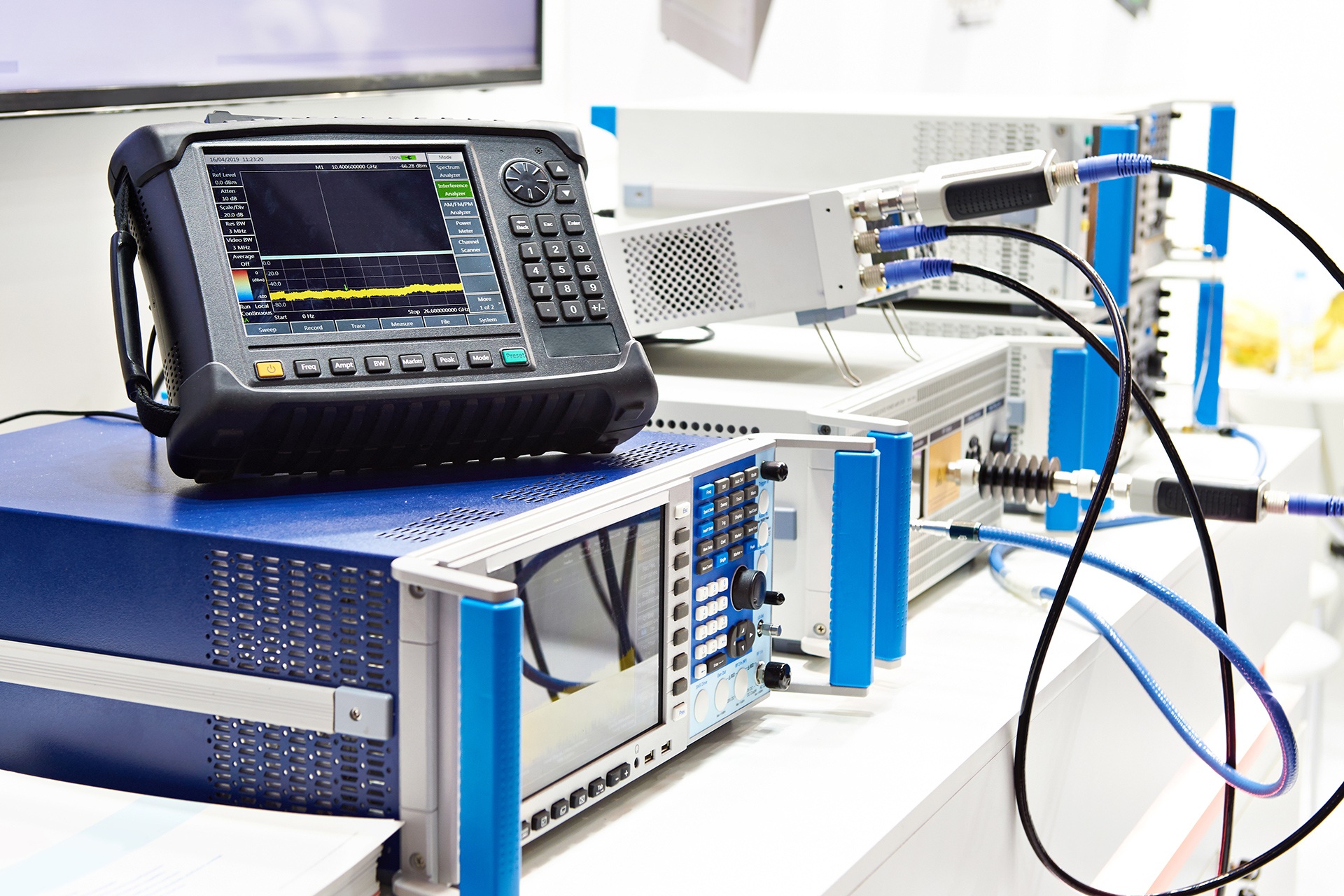Introduction
In ultra-modern rapid-paced industrial ecosystem, the accuracy and reliability of dimension programs are paramount. Calibration techniques play a fundamental role in ensuring that gadgets and equipment participate in at their wonderful. But how do you understand in case your calibration techniques are amazing? This is where Key Performance Indicators (KPIs) for Evaluating Your Calibration Processes come into play. These metrics guide organisations check their calibration strategies' efficiency and effectiveness, permitting steady benefit.
In this accomplished aid, we are going to delve deep into the arena of KPIs relating to calibration approaches. By the conclusion of this text, you'd now not simply consider what KPIs to track yet also how they could power your calibration methods forward.
What Are Key Performance Indicators (KPIs)?
Defining KPIs in Calibration Context
Key Performance Indicators (KPIs) are measurable values that exhibit how efficaciously an association is attaining key commercial enterprise objectives. In the context of calibration tactics, those signals grant insights into the exceptional, performance, and reliability of your dimension programs.
Importance of KPIs in Calibration Processes
Why should still you care approximately KPIs? Well, they serve various primary services:
- Benchmarking Performance: They make it easier to evaluate your functionality in opposition to marketplace requirements or old statistics. Identifying Areas for Improvement: KPIs highlight weaknesses for your present day processes and assist pinpoint where improvements are necessary. Supporting Decision Making: Data-driven selections lead to more advantageous influence. KPIs furnish the critical metrics to justify transformations or investments.
Types of Key Performance Indicators for Calibration
1. Accuracy Metrics
Accuracy is a critical edge of calibration. It measures how close a measured value is to its top fee.
1.1 Measurement Uncertainty
Measurement uncertainty quantifies the doubt approximately the measurement outcomes. It's considered necessary for assessing how reliable your calibration process is.
1.2 Bias Assessment
Bias refers to any consistent deviation from the precise significance. Regular bias checks can disclose systemic trouble inside your size instruments or programs.
2. Precision Metrics
Precision pertains to the repeatability of measurements lower than unchanged circumstances.
2.1 Repeatability Testing
This entails measuring the related item numerous instances lower than exact prerequisites to guarantee consistency in results.
2.2 Reproducibility Checks
Reproducibility tests contain one-of-a-kind operators measuring below dissimilar prerequisites to study if consequences stay steady across diverse settings.
three. Efficiency Metrics
Efficiency metrics examine how smartly substances are utilized for the time of calibration strategies.
3.1 Time to Calibration Completion
This KPI tracks how long it takes to accomplish a calibration cycle, from soar to end.
three.2 Resource Utilization Rate
This metric assesses even if you might be applying your appliance and personnel effectually all expert NIST calibration certificate the way through calibration things to do.
Setting Up Your Calibration KPI Framework
1. Defining Your Objectives
Before diving headfirst into monitoring KPIs, it can be main first to outline what you purpose to succeed in together with your calibration approaches—higher accuracy? Reduced downtime?
2. Selecting Relevant KPIs
Once you might have described your objectives, decide KPIs that align with them straight. This guarantees you might be measuring what simply matters on your organisation’s fulfillment.
three. Establishing Baselines and Targets
It's vital to ascertain baseline measurements beforehand implementing modifications so you have a reference factor for improvement through the years.
Data Collection Methods for KPI Tracking
1. Automated Systems vs Manual Entry
Both computerized methods and manual entry have professionals and cons whilst gathering facts for KPI monitoring:
- Automated Systems: Offer authentic-time archives but may perhaps require upfront funding. Manual Entry: Cost-mighty yet should be would becould very well be susceptible to human error and inconsistencies.
2. Regular Reporting Structures
Implementing regular reporting constructions enables timely studies of functionality in opposition t set KPIs, taking into consideration fast adjustments if invaluable.
Analyzing Your KPI Data Effectively
1. Visualization Techniques
Charts, graphs, and dashboards can support visualize KPI archives greater well than uncooked numbers on my own might express.
2. Trend Analysis
Looking at trends over the years in preference to isolated records issues provides deeper insights into performance shifts related to alterations made in calibration procedures or practices.
Key Performance Indicators (KPIs) for Evaluating Your Calibration Processes: The Role of Technology
Technology has transform fundamental in tracking KPIs efficiently:
- Calibration Software: Many application answers provide built-in analytics points tailor-made specifically for tracking many different sorts of calibrations. IoT Sensors: Internet-of-matters-enabled devices can grant actual-time comments on machine functionality metrics crucial for evaluating ongoing calibrations remotely or robotically devoid of handbook intervention.
Common Challenges When Implementing Calibration KPIs
Despite their benefits, there are challenges linked to imposing KPIs easily:
1.Lack of Stakeholder Buy-In
Resistance from team contributors who may possibly view these metrics as greater paintings can hinder profitable implementation.
2.Data Quality Issues
Inconsistent knowledge selection methods may well lead businesses down paths headquartered on inaccurate tips.
Best Practices for Successful KPI Implementation
To navigate around those stumbling blocks correctly:

1.Communication Strategies
Establish clear verbal exchange channels amongst teams across every stage—from making plans using execution—to verify anyone is familiar with expectations round new tasks like KPI tracking.
hr9hr9/# ISO/IEC Standards
Many groups attempt towards compliance with global specifications that dictate unique metrics want tracking regularly—failure adhering these might lead severe consequences along with fines shutdowns!
Case Studies Illustrating Effective Use of Calibration KPIS
Real-world examples demonstrate tangible merits received by proper monitoring approaches:
Case Study 1: Aerospace Industry
An aerospace producer carried out rigorous tracking over their temperature sensors used construction traces ensuing substantive rate reductions variance making certain more suitable overall safe practices operations
hr11hr11/hr12hr12/##
Conclusion
In end, employing mechanical calibration potent Key Performance Indicators (KPIs) is necessary while evaluating your calibration procedures accurately! By selecting correct measurements targeted upon wanted outcomes at the same time incorporating expertise alongside best practices navigating expertise pitfalls will yield fruitful results improving average operational effectiveness! Embrace those gear at the moment so the next day's recommendations become plausible milestones as opposed to impossible dreams!